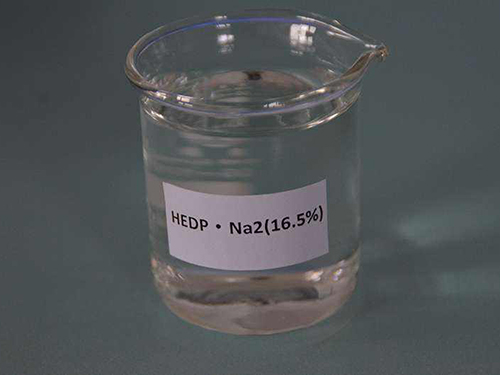Innovative Techniques and Advances in the Production of Polyacrylamide for Industrial Applications
The Importance of Polyacrylamide in Modern Industries
Polyacrylamide (PAM) is a versatile polymer that has gained significant importance in various industries due to its unique properties and functionalities. This synthesized polymer is derived from acrylamide, a compound that undergoes polymerization to form polyacrylamide, a white, water-soluble powder or granular material. The production of polyacrylamide has seen substantial growth over the years, driven by its extensive applications in water treatment, agriculture, paper manufacturing, and oil recovery, among others.
Production Process
The production of polyacrylamide involves several critical steps, starting with the synthesis of acrylamide. The primary method of producing acrylamide is through the hydrolysis of acrylonitrile, which is derived from propylene and ammonia. Once acrylamide is obtained, it undergoes polymerization—this can be carried out either in an aqueous solution or as a dry process. The chosen method often depends on the intended application of the resulting polyacrylamide.
A key aspect of the production process involves the use of polymerization initiators such as potassium persulfate or ammonium persulfate, which facilitate the formation of polyacrylamide chains. These initiators lead the acrylamide molecules to link together, forming long chains that define the polymer's molecular weight and properties. The production process also allows for the modification of polyacrylamide by incorporating different functional groups, resulting in variants such as anionic, cationic, and nonionic polyacrylamide, each designed to meet specific requirements in industrial applications.
Applications
Polyacrylamide's ability to absorb large amounts of water and its high viscosity make it an effective agent in many applications. One of the most prominent uses of polyacrylamide is in water treatment. It serves as a flocculant, helping to clarify water by aggregating suspended particles for easier removal. This application is essential in municipal water treatment plants as well as in industries where wastewater management is critical.
polyacrylamide production

In agriculture, polyacrylamide plays a significant role in soil conditioning and moisture retention. The polymer can be mixed with soil to improve its structure, helping to enhance water infiltration and reduce erosion. It is particularly beneficial in arid regions, where water conservation is vital for crop production.
The paper industry also benefits from polyacrylamide, which is used as a retention aid and drainage aid during the papermaking process. By improving the retention of fibers and fillers, polyacrylamide enhances the quality of the final product while optimizing the efficiency of the manufacturing process.
In the oil and gas industry, polyacrylamide is a critical component in enhanced oil recovery (EOR) techniques. It is injected into oil reservoirs to increase viscosity, thereby improving the displacement of oil during extraction processes. This application is crucial for maximizing yield from existing fields and minimizing the economic impact of declining production rates.
Environmental Considerations
While polyacrylamide offers numerous benefits, its production and use must be managed with environmental considerations in mind. The primary concern is the potential toxicity of acrylamide, which is classified as a neurotoxin. Therefore, stringent regulations and safety measures are crucial during the production and handling of polyacrylamide. Research is ongoing to develop more environmentally friendly alternatives and to lessen any negative impacts associated with its use.
Conclusion
In summary, the growing production of polyacrylamide reflects its integral role in various industrial processes. From water treatment to agriculture and oil recovery, polyacrylamide demonstrates exceptional utility, enhancing efficiency and productivity across sectors. However, as industries continue to innovate and expand the use of this polymer, ensuring safe practices and environmental sustainability will be paramount. The future of polyacrylamide production and application appears promising, as it continues to evolve alongside technological advancements and environmental responsibilities.
-
Pbtc Scale InhibitorPBTC: A Scale Protector for Industrial Water TreatmentNewsAug.05,2025
-
Organic Phosphonate: An Efficient Defender in the Field of Scale InhibitionNewsAug.05,2025
-
Hydrolyzed Polymaleic Anhydride: Green Pioneer in Scale Inhibition FieldNewsAug.05,2025
-
PAPEMP Polyamino Polyether Methylene Phosphonic Acid For SaleNewsAug.05,2025
-
Flocculant Water Treatment: A Pioneer in Purification in the Field of Water TreatmentNewsAug.05,2025
-
Benzyl Isothiazolinone: An Efficient and Broad-Spectrum Antibacterial Protective GuardNewsAug.05,2025





